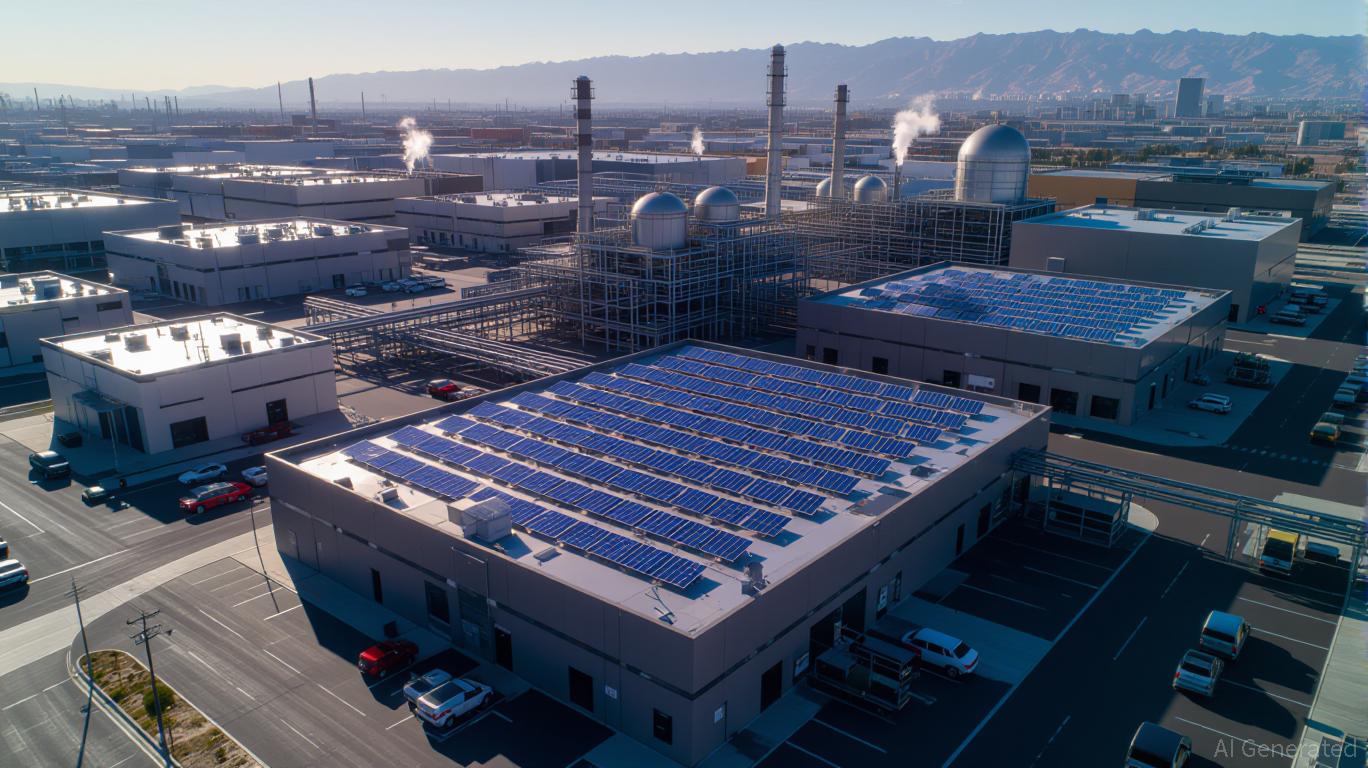
The California refining sector is undergoing a seismic shift. Over the past decade, the state’s refining capacity has shrunk from 40 facilities in 1983 to just 13 in 2025, with market concentration now dominated by five companies controlling 98% of gasoline refining capacity. The recent closures of Phillips 66’s Los Angeles refinery and Valero’s Benicia facility have accelerated this trend, reducing the number of active players to three by 2026. This consolidation, coupled with stringent regulatory changes, has created a volatile yet opportunity-rich environment for companies like Marathon Petroleum (MPC) that are adapting strategically to secure long-term market share.
Regulatory Tailwinds and Strategic Investments
California’s regulatory landscape has become a double-edged sword for refiners. While the revocation of federal EPA waivers in 2023 initially threatened the enforceability of the state’s Advanced Clean Cars II and Low Carbon Fuel Standard (LCFS) programs, California has since codified its climate goals into state law. The LCFS, updated in July 2025, now mandates a 30% reduction in transportation fuel carbon content by 2030 and 90% by 2045. These rules create a market-driven incentive for cleaner production, with LCFS credits generating $4 billion annually in private investment.
Marathon has positioned itself to thrive in this environment. The company’s $100 million investment in modernizing its Los Angeles refinery—targeted for completion by year-end 2025—includes upgrades to utility systems that enhance energy efficiency and reduce emissions. This project aligns with California’s emissions mandates and is projected to yield a 20% return, underscoring MPC’s ability to balance regulatory compliance with profitability.
Competitor Consolidation and Market Share Gains
The exodus of smaller refiners and the closure of major facilities have left a vacuum in California’s gasoline market. With only three companies expected to control over 90% of refining capacity by 2026, Marathon’s strategic investments in infrastructure and midstream operations are critical to capturing this fragmented market.
MPC’s recent $425 million divestiture of its ethanol production joint venture has freed capital for high-return projects, such as the acquisition of Northwind Midstream for $2.375 billion. This move strengthens Marathon’s Permian Basin infrastructure, enabling more efficient crude oil transportation and refining. Meanwhile, its Los Angeles refinery, with a throughput of 485,000 barrels per day in Q2 2025, remains a cornerstone of its California operations. Despite higher operating costs ($8.33 per barrel in Q2 2025 vs. $7.40 in 2024), the refinery’s $23.18 per barrel margin demonstrates its resilience in a competitive landscape.
Navigating the Non-CARBOB Fee Allowance and Supply Chain Flexibility
California’s proposed Non-CARBOB Fee Allowance—a policy permitting limited use of conventional U.S. gasoline in exchange for a mitigation fund to replace older vehicles with EVs—could further reshape the market. While this policy introduces short-term volatility, it also creates opportunities for refiners with integrated midstream capabilities to manage supply chain disruptions. Marathon’s midstream expansion, including the Secretariat and Harmon Creek III pipeline projects, positions it to leverage such flexibility.
The mitigation fund model, which offsets pollution from non-California gasoline by replacing 50,000 pre-2004 vehicles annually, aligns with Marathon’s ESG goals. By investing in cleaner infrastructure and aligning with California’s climate agenda, MPC is not only complying with regulations but also future-proofing its operations against the state’s 2045 petroleum phaseout.
Investment Case: A Defensible Position in a Shifting Landscape
Marathon’s strategic focus on capital efficiency, regulatory alignment, and midstream integration offers a compelling case for long-term energy infrastructure exposure. The company’s Q2 2025 net income of $1.2 billion and 97% crude oil capacity utilization highlight its operational strength. With the Los Angeles refinery modernization nearing completion and midstream assets expanding, MPC is well-positioned to capitalize on California’s transition to a cleaner, more interconnected fuel market.
For investors, Marathon represents a rare combination of regulatory tailwinds and operational agility. While the California refinery exodus poses risks, it also creates a defensible market position for companies that, like MPC, prioritize innovation and compliance. As the state’s gasoline imports rise to 15% of demand and the LCFS drives $4 billion in annual clean fuel investment, Marathon’s integrated value chain and strategic foresight make it a standout play in the evolving energy landscape.
Conclusion
Marathon Petroleum’s strategic investments in California’s refining sector, coupled with its proactive approach to regulatory and market shifts, position it as a leader in a consolidating industry. For long-term investors seeking exposure to energy infrastructure with a clear path to sustainability, MPC offers a compelling case. The company’s ability to navigate regulatory complexity, optimize capital allocation, and expand midstream capabilities ensures its relevance in a market where adaptability is the key to survival.
